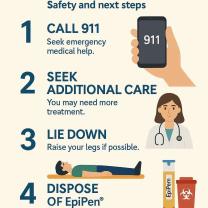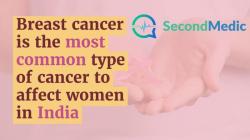What increases my risk of ovarian cancer?
Ovarian cancer risk factors can vary from person to person, and having one or more risk factors doesn't guarantee that you will develop ovarian cancer. However, certain factors may increase your vulnerability to this type of cancer. It's essential to be aware of these risk factors and discuss them with your healthcare provider. Here are some factors that can increase the risk of ovarian cancer:
Age: Ovarian cancer is more common in older women, particularly those over the age of 50. The risk increases with age.
Family History: A family history of ovarian, breast, or colorectal cancer can elevate your risk, especially if you have close relatives (such as a mother, sister, or daughter) who have had ovarian cancer.
Inherited Gene Mutations: Certain genetic mutations, such as BRCA1 and BRCA2, are associated with an increased risk of ovarian cancer. Women with these mutations have a higher risk of developing both breast and ovarian cancer.
Personal History of Cancer: If you have had breast, colorectal, or uterine cancer in the past, your risk of ovarian cancer may be higher.
Endometriosis: Endometriosis, a condition in which tissue from the lining of the uterus grows outside the uterus, has been linked to an increased risk of ovarian cancer.
Never Having Been Pregnant: Women who have never been pregnant (nulliparity) may have a slightly higher risk of ovarian cancer.
Infertility or Fertility Treatments: Some studies suggest that women who have experienced infertility or have undergone fertility treatments may be at a slightly higher risk.
Hormone Replacement Therapy (HRT): Long-term use of estrogen-only hormone replacement therapy after menopause may increase ovarian cancer risk. However, the risk appears to decrease when combined estrogen-progestin HRT is used.
Obesity: Some research suggests that obesity may be associated with an increased risk of ovarian cancer.
Talcum Powder Use: There has been some controversy over the use of talcum powder in the genital area and its potential link to ovarian cancer. Research findings on this topic are mixed, and further studies are needed to establish a definitive link.
It's important to note that many women who develop ovarian cancer do not have any of these risk factors, and having one or more risk factors doesn't mean you will necessarily develop the disease. Conversely, some women with no known risk factors can still develop ovarian cancer. Regular check-ups, early detection, and genetic counseling for those with a strong family history can help manage and reduce the risk. If you have concerns about your risk of ovarian cancer, consult with a healthcare provider who can provide personalized guidance and recommendations.













